Lifting Heavy for Longevity: the Key to Healthy Aging for Women
As women get older, it can become increasingly challenging to maintain muscle mass, bone density, and overall strength. Many women mistakenly believe that light, high-rep workouts are the best approach as they age. However, research shows that heavy weightlifting can provide significant benefits for women, even as they get into their 50s, 60s, and beyond.
Maintain Muscle Mass
One of the primary benefits of heavy weightlifting for aging women is the ability to preserve and even build muscle mass. As we get older, we naturally start to lose muscle, a condition known as sarcopenia. This muscle loss can lead to decreased strength, mobility issues, and an increased risk of falls and fractures.
However, studies have shown that women who regularly engage in heavy resistance training are able to maintain and even increase their muscle mass well into their later years. The key is to progressively overload the muscles by gradually increasing the weight, reps, or volume of the exercises over time.
Improve Bone Density
In addition to preserving muscle, heavy weightlifting has also been shown to have a positive impact on bone density in women. As estrogen levels decline with age, women become more susceptible to osteoporosis and an increased risk of fractures.
The compressive and resistance forces applied to the bones during heavy lifting stimulate the osteoblasts - the cells responsible for building bone. This can lead to increased bone mineral density and a reduced risk of osteoporosis-related fractures.
Better Balance and Stability
Stronger muscles don't just look good - they also improve balance and stability, which is crucial as we get older. Falls are a major concern for aging adults, and can often lead to debilitating injuries.
By building up the muscles in the core, legs, and throughout the body, heavy weightlifting can enhance balance and proprioception (awareness of body position). This can make it easier for older women to navigate uneven surfaces, recover from trips and stumbles, and maintain their independence.
Increased Metabolic Rate
Another benefit of heavy weightlifting for aging women is the positive impact on metabolism. As we get older, our resting metabolic rate tends to slow down, making it harder to maintain a healthy weight.
However, muscle is a metabolically active tissue that burns calories even at rest. By building and preserving muscle mass through heavy resistance training, women can boost their resting metabolic rate and make it easier to manage their weight as they age.
Get Started with Heavy Lifting
If you're an older woman looking to reap the benefits of heavy weightlifting, it's important to start slowly and work with a qualified trainer or physical therapist, especially if you have any existing health conditions. Focus on compound exercises that work multiple muscle groups, such as squats, deadlifts, and overhead presses.
Remember to allow for proper rest and recovery between sessions, and gradually increase the weight and intensity over time. With patience and consistency, you can build the strength and resilience to maintain your health and independence well into your older age.
Sample Heavy Lift Workout:
Here is a sample workout. Please do not participate in any exercise unless you have been cleared by a medical professional to do so.
Heavy Lifting Program
Perform 5-10 minutes of appropriate warm up including dynamic stretches, band work, and light loading to help stimulate target muscles prior to your lift.
Frequency: 3 full body workouts per week (e.g. Monday, Wednesday, Friday)
EXERCISES:
Goblet Squat with Kettlebell - 3-4 sets of 5-8 reps, with 1-2 RIR (Reps In Reserve)
Dual Kettlebell or Barbell Deadlift - 3-4 sets of 5-8 reps, with 1-2 RIR
Bench Press - 3-4 sets of 5-8 reps, with 1-2 RIR
Overhead Alternating Dumbbell Press - 3-4 sets of 5-8 reps, with 1-2 RIR
Barbell or Heavy Kettlebell Rows - 3-4 sets of 5-8 reps, with 1-2 RIR
Rest Periods: 2-3 minutes between sets to allow proper recovery of muscle groups
Progression: Increase weight on bar or up the kettlebell resistance by 2.5-5 lbs each week, as tolerated
Focus on proper form and technique, especially on compound lifts. Take the eccentric (lengthening) phase of the exercise slowly and perform the concentric (shortening) phase slightly faster. Make sure to allow at least one day of recovery in between workouts. Off days could include lower key cardio such as walking or a bike ride. Consider adding accessory exercises such as pull ups, dips, or core work 1-2 times per week. Deload or take a light week every 4-6 weeks to allow for recovery. Start light and focus on mastering movements. Gradually increase the weight over time as you get stronger.
